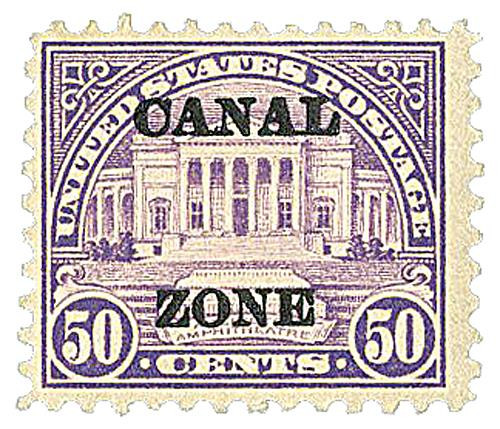
1962 4c Canal Zone,Girl Scouts, blue & dark green
# CZ156 - 1962 4c Canal Zone - Girl Scouts, blue & dark green
MSRP:
Was:
Now:
$0.90 - $6.25
(You save
)
Write a Review

Write a Review

CZ156 - 1962 4c Canal Zone - Girl Scouts, blue & dark green
| Image | Condition | Price | Qty | |
|---|---|---|---|---|

|
Mint Stamp(s)
ⓘ
Ships in 1-3 business days.
Ships in 1-3 business days.
$ 1.25
|
$ 1.25 |
|
0
|

|
Used Single Stamp(s)
ⓘ
Ships in 1-3 business days.
Ships in 1-3 business days.
$ 1.25
|
$ 1.25 |
|
1
|

|
Unused Stamp(s)
small flaws
ⓘ
Ships in 1-3 business days.
Ships in 1-3 business days.
$ 0.90
|
$ 0.90 |
|
2
|

|
Used Stamp(s)
small flaws
ⓘ
Ships in 1-3 business days.
Ships in 1-3 business days.
$ 1.00
|
$ 1.00 |
|
3
|

|
Mint Plate Block
ⓘ
Ships in 1-3 business days.
Ships in 1-3 business days.
$ 6.25
|
$ 6.25 |
|
4
|
Mounts - Click Here
| Mount | Price | Qty |
|---|

!





